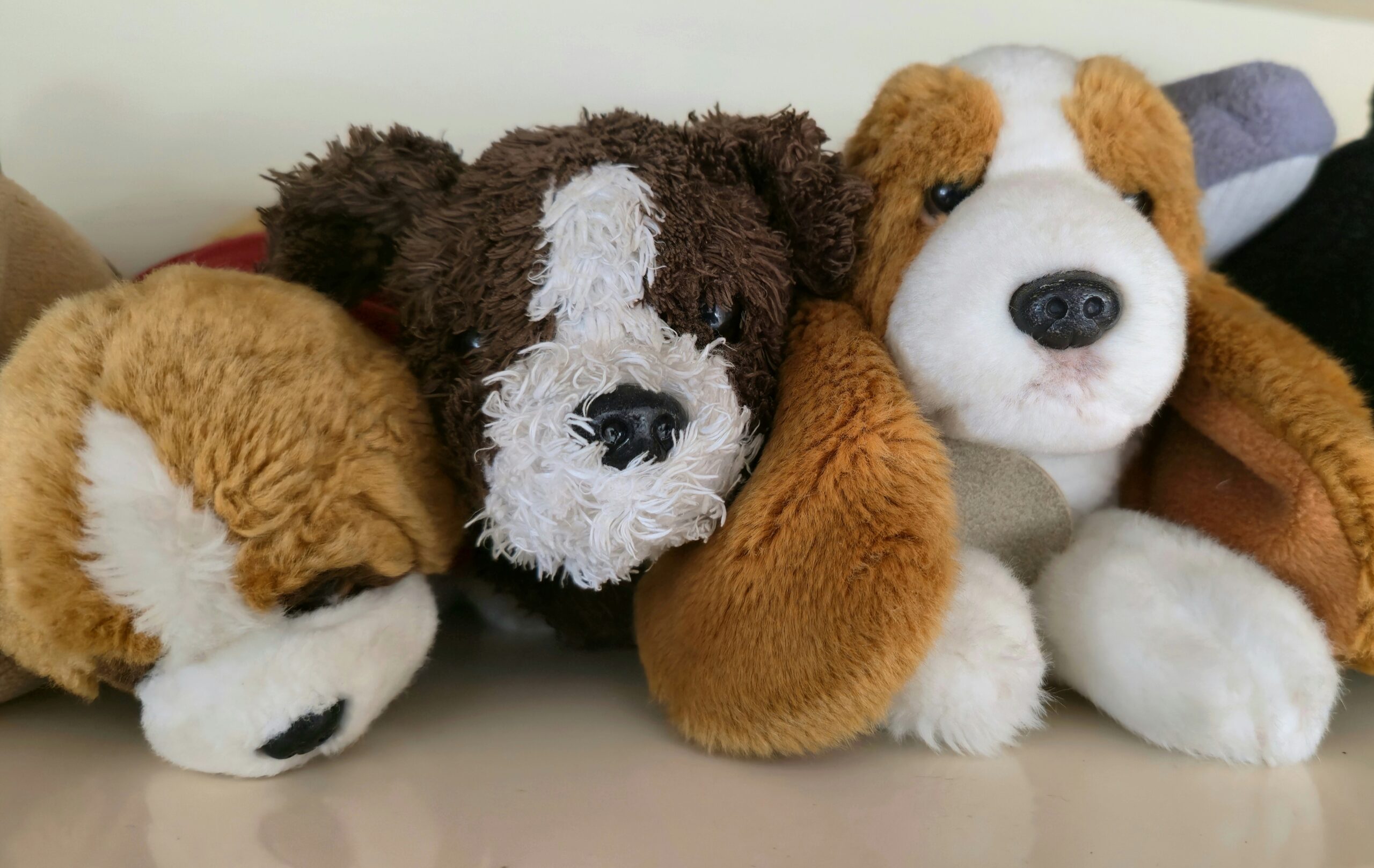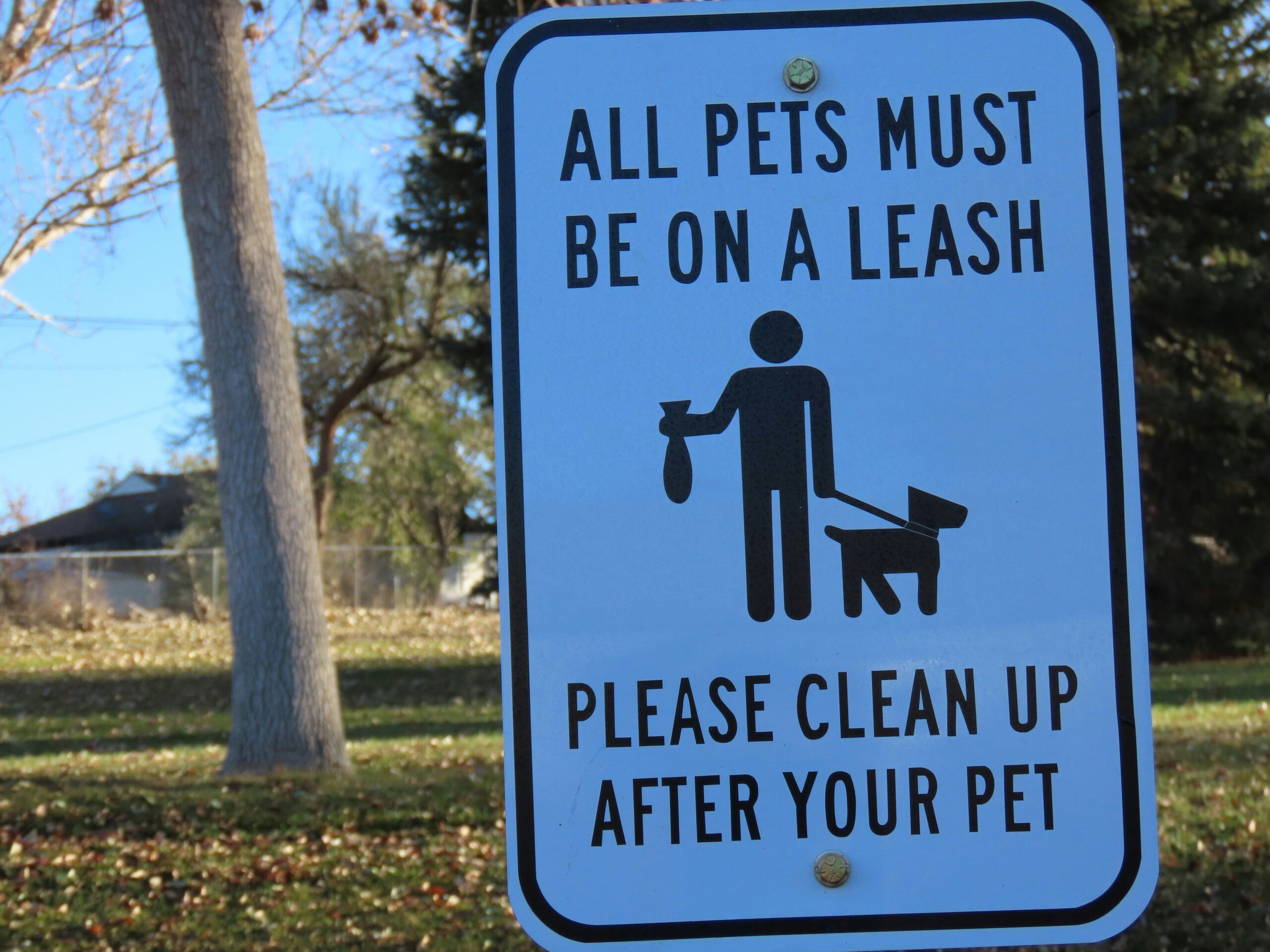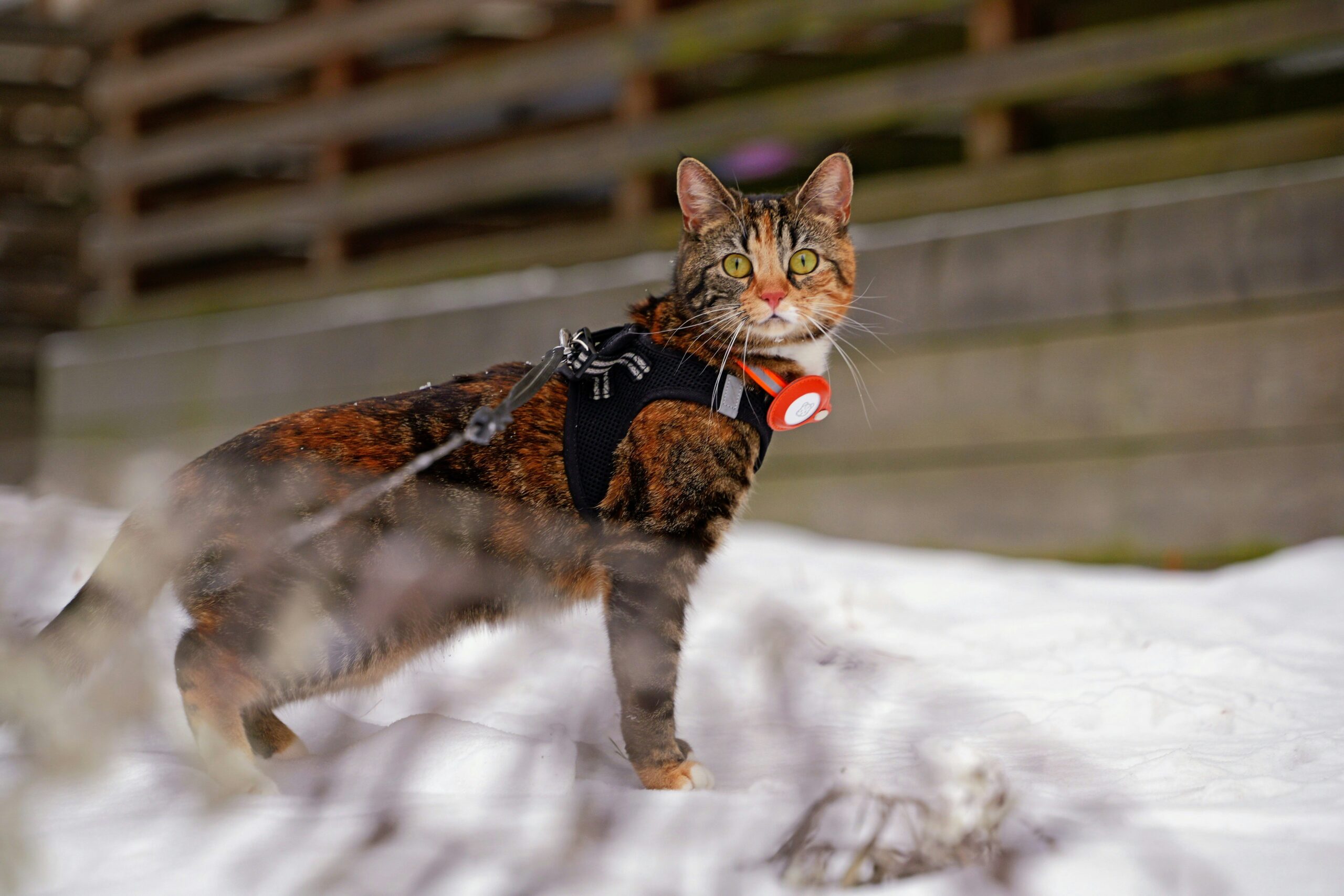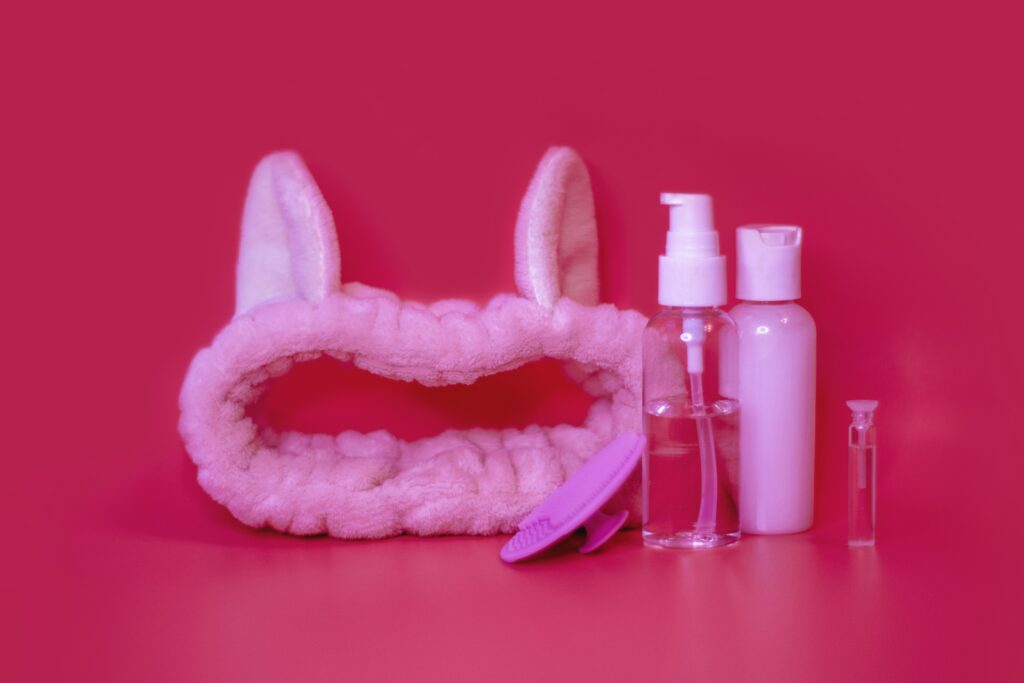Ever bought a chew toy only to find your pup choking on it five minutes later? Yeah, we’ve all been there. Spoiler alert: Size matters.
When it comes to pet dental toys, “size-specific safety” isn’t just jargon—it’s a life-saving principle. In this post, you’ll discover why picking the right-sized toy is crucial, how to choose one without losing your sanity, and real-life examples of pets who dodged disaster because their owners got it right. Buckle up—your pet’s pearly whites will thank you.
Table of Contents
- Why Size Matters for Dental Toys
- Step-by-Step Guide to Picking Safe Toys
- Best Practices for Size-Specific Toy Safety
- Real-Life Stories That Prove Size Saves Lives
- Frequently Asked Questions About Size-Specific Safety
Key Takeaways
- Pet dental toys must match your pet’s size to prevent choking hazards and ensure proper teeth cleaning.
- Follow these steps: Measure your pet’s mouth, check material durability, and read reviews before buying.
- Avoid oversized or undersized toys; always opt for breed-specific recommendations when possible.
Why Size Matters for Dental Toys
I once gave my Labrador Retriever a tiny rubber bone designed for Chihuahuas. The result? He swallowed half of it in seconds, leaving me panicked as I Googled “emergency vet near me.” Lesson learned: One size does NOT fit all—not in fashion, not in dental toys.
Here’s the deal: Pets come in different shapes and sizes, but many people overlook how vital that is when choosing accessories. Dental toys help clean teeth, reduce plaque, and keep boredom at bay—but they can also turn into projectiles if poorly chosen. A small toy might get stuck in large jaws (or worse), while a big toy could strain tiny mouths. Sounds stressful, right? Let’s break it down further:

Step-by-Step Guide to Picking Safe Toys
Optimist You: “There are so many cool toys out there!”
Grumpy You: “But most of them suck for my hyperactive Mastiff.”
Don’t worry—we’ve got you covered with a no-nonsense guide:
Step 1: Measure Your Pet’s Mouth
Grab a ruler and measure from the corner of your pet’s mouth to the back molars. Use this measurement to gauge the ideal length of the toy.
Step 2: Check Material Durability
Look for non-toxic, chew-resistant materials like natural rubber. Skip anything flimsy—a shredded toy equals wasted money AND a potential hazard.
Step 3: Match the Toy to Activity Levels
High-energy breeds need tougher toys, while seniors might prefer softer options. It’s not rocket science, but it requires some thought.

Best Practices for Size-Specific Toy Safety
Now that you know the basics, here are some golden nuggets:
- **Read Labels Carefully:** Not every “large breed” toy fits every large breed. Look for weight-based guidelines too.
- **Inspect Regularly:** Even tough toys wear out over time. Replace any items that show signs of damage ASAP.
Ignore Professional Advice at Your Peril: Seriously, don’t trust random TikTok influencers unless they’re vets.- **Supervise Playtime:** This is especially important for aggressive chewers. No toy is indestructible!
Let’s take a moment to vent, shall we? Why do companies still sell those teeny squeaky plushies marketed as “for all dogs”? That’s like giving a toddler an iPhone charger—sure, it exists, but good luck making it work safely. Stop selling gimmicks and focus on quality already!
Real-Life Stories That Prove Size Saves Lives
Jessica from Ohio shared her story about Max, a Golden Retriever who loved chewing sticks he found outside. After switching to a properly sized nylon chew ring, Jessica noticed significant improvements in Max’s gum health. Bonus points? No more emergency room visits due to splintered wood!
Liam in Texas had less luck initially. His Pitbull mix nearly choked on an ill-fitting rope toy until Liam learned about breed-appropriate alternatives. Today, his pup enjoys safer playtime thanks to smarter choices.

Frequently Asked Questions About Size-Specific Safety
What happens if I give my dog a toy that’s too small?
Hazard alert! Small toys can become choking hazards or cause intestinal blockages if swallowed. Always err on the side of caution.
Can cats benefit from size-specific toys too?
Absolutely! While cats may not have dental issues like dogs, appropriately sized toys prevent choking risks and promote healthy hunting instincts.
How often should I replace my pet’s dental toys?
It depends on usage. For heavy chewers, monthly replacements might be necessary. Inspect frequently and swap out damaged goods immediately.
Conclusion
Choosing the right dental toys isn’t just about fun—it’s about safety, health, and peace of mind. Remember: Size-specific safety ensures happy pups, purring cats, and fewer vet bills for you. So next time you’re shopping for Fido or Mittens, think twice about the toy’s dimensions. Because trust me, nobody has time for another ER trip.
Now go forth and shop wisely—and remember, SEO care is like a Tamagotchi: Daily attention = success!


